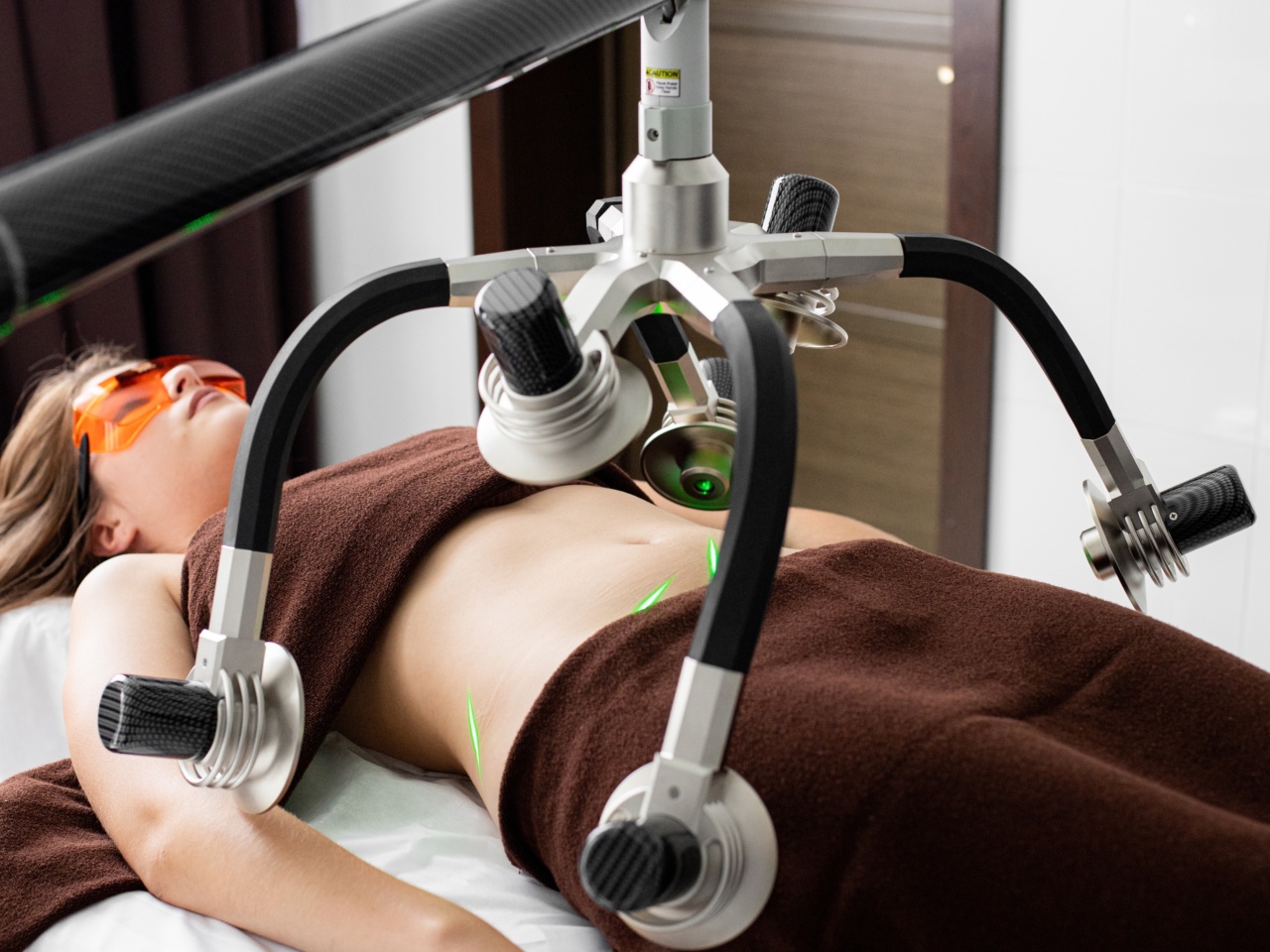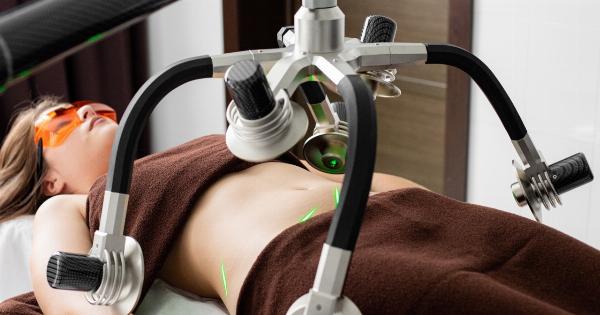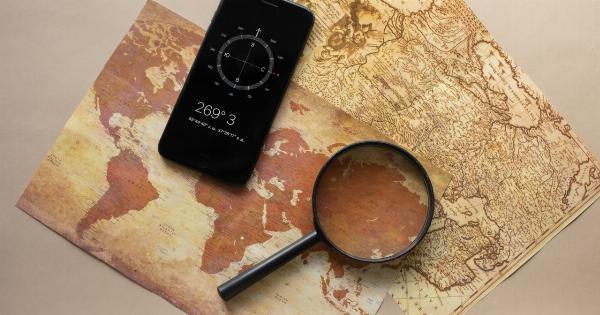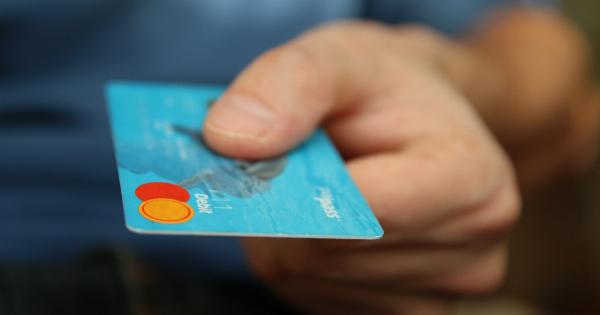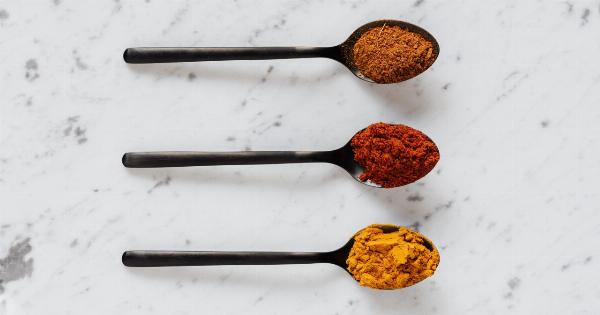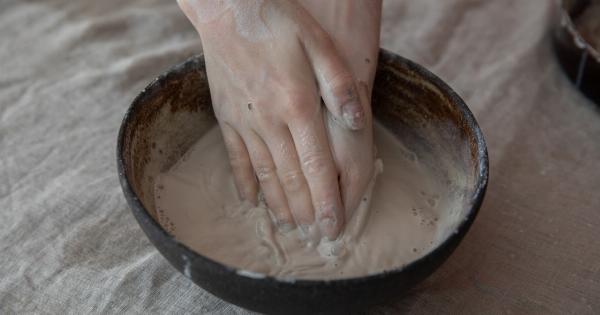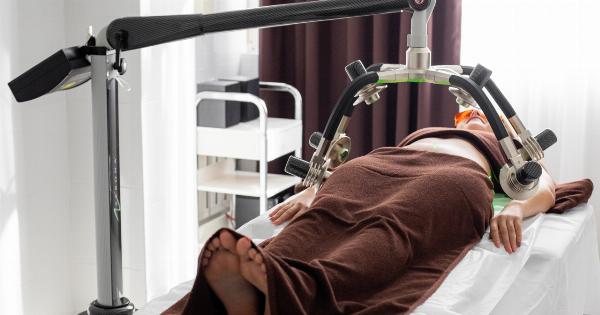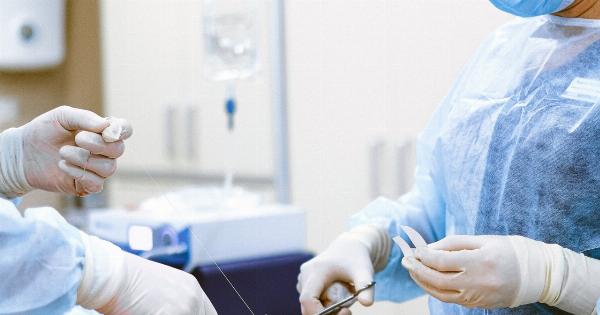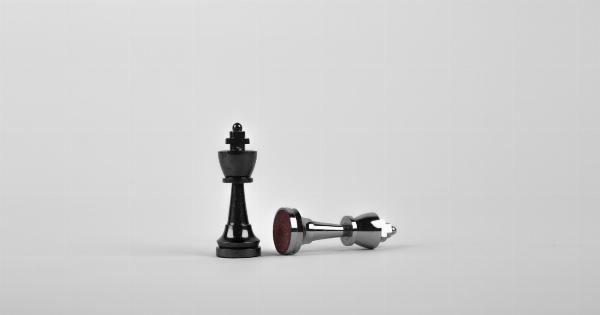Liposuction is a popular cosmetic procedure that aims to remove excess fat deposits from specific areas of the body, thus altering its shape and contours.
Over the years, innovative liposuction techniques have evolved, providing patients with safer, more effective, and less invasive options.
The Traditional Liposuction Method
Liposuction, also known as lipoplasty, traditionally involves the use of a cannula, a narrow tube connected to a suction device. The surgeon makes small incisions in the affected areas and inserts the cannula to suction out the excess fat cells.
While traditional liposuction has been proven to be effective, it often requires general anesthesia and involves more considerable downtime due to the invasiveness of the procedure.
SmartLipo: The Pioneering Technique
One of the first innovative liposuction procedures developed is SmartLipo. This technique uses laser energy to liquefy the fat cells before their removal.
The process involves the insertion of a small laser fiber under the skin, which heats and breaks down the fat deposits. The liquefied fat is then gently suctioned out through a cannula.
SmartLipo offers several advantages over traditional liposuction. It is performed under local anesthesia, reducing the risks associated with general anesthesia.
The laser energy used in SmartLipo also stimulates collagen production, leading to skin tightening. Furthermore, the incisions made during SmartLipo are smaller, resulting in minimal scarring and quicker recovery time.
VASER Liposuction: Ultra-Sound Assisted Precision
Another innovative liposuction technique is VASER Liposuction, which uses ultrasound energy to break down the fat cells selectively. VASER stands for Vibration Amplification of Sound Energy at Resonance.
During VASER Liposuction, the surgeon introduces a small probe emitting ultrasonic waves into the targeted area. These waves vibrate and separate the fat cells, making them easier to remove.
The ultrasound energy used in VASER Liposuction primarily targets fat cells, minimizing damage to surrounding tissues.
Like SmartLipo, VASER Liposuction allows for more precise body sculpting and can be performed under local anesthesia. The procedure is associated with less blood loss and a faster recovery compared to traditional liposuction.
CoolSculpting: Non-Invasive Fat Reduction
Unlike the previous techniques mentioned, CoolSculpting, also known as cryolipolysis, is a non-invasive liposuction procedure.
Instead of using suction or heat, CoolSculpting freezes the fat cells, causing them to die off and be naturally eliminated by the body.
A CoolSculpting session involves placing an applicator on the desired area, which gradually cools down the fat cells. The controlled cooling does not harm the surrounding tissues.
Over time, the body naturally metabolizes and eliminates the dead fat cells, resulting in a slimmer contour.
CoolSculpting is a popular option for those who prefer a non-surgical approach to fat reduction. It requires no anesthesia, incisions, or downtime. However, the results may take longer to manifest compared to surgical liposuction procedures.
BodyTite: Advanced Radiofrequency-Assisted Liposuction
BodyTite is an innovative liposuction procedure that utilizes radiofrequency-assisted lipolysis (RFAL) technology. It combines the benefits of liposuction and skin tightening into a single procedure.
During a BodyTite procedure, a small probe is inserted through tiny incisions to deliver radiofrequency energy to the targeted area. The heat generated simultaneously liquefies the fat and tightens the skin.
The liquefied fat is then gently suctioned out.
BodyTite offers a more extensive range of body contouring possibilities, including both fat reduction and skin tightening.
It can be performed under local anesthesia and generally results in faster recovery compared to traditional liposuction combined with a separate skin tightening procedure.
Tickle Lipo: A Gentle Approach
Tickle Lipo is an innovative liposuction technique that focuses on providing a gentle and comfortable experience for the patient. It uses a low-frequency infrasonic vibration to break up and remove fat cells.
During Tickle Lipo, the surgeon introduces a small vibrating cannula into the targeted area. The infrasonic vibration causes the fat cells to break down, making them easier to remove.
The vibration also stimulates the surrounding connective tissues, resulting in smoother results.
Tickle Lipo typically requires only local anesthesia and offers a faster recovery time compared to traditional liposuction. The procedure is known for minimal discomfort and significantly reduced bruising and swelling after the treatment.
High Definition Liposuction: Sculpting the Muscles
High Definition Liposuction, also referred to as VASER 4D Liposculpture, is a specialized form of VASER Liposuction. It aims to enhance the underlying muscle definition by precisely removing small fat deposits.
High Definition Liposuction involves the removal of both deep and superficial fat layers surrounding the muscles to create a sculpted appearance. The procedure is especially popular among individuals seeking a more athletic and toned physique.
By selectively targeting and removing pockets of fat, High Definition Liposuction helps to highlight the natural contours of muscles.
The recovery time after this procedure may be slightly longer than traditional liposuction due to the more detailed sculpting involved.
Radiofrequency-Assisted Liposuction (RFAL): Contouring with Precision
Radiofrequency-Assisted Liposuction (RFAL) is a liposuction technique that combines the benefits of radiofrequency energy and traditional suction-assisted liposuction. It provides a more controlled and precise approach to body contouring.
The RFAL procedure involves inserting a thin probe under the skin, which delivers radiofrequency energy to the targeted area. The heat produced by the energy breaks down the fat cells, making them easier to remove with suction.
Additionally, the controlled energy promotes skin tightening.
RFAL allows surgeons to address specific areas of concern while minimizing damage to surrounding tissues.
The procedure can be performed under local anesthesia, and the recovery time is generally shorter than traditional liposuction combined with a separate skin tightening procedure.
AquaLipo: Water-Assisted Liposuction
AquaLipo, also known as water-assisted liposuction, is an innovative liposuction procedure that uses the power of water pressure to dislodge and remove fat cells. It offers a gentler alternative to traditional liposuction methods.
During AquaLipo, a specialized cannula is used to deliver a controlled water spray or jet to the targeted fatty areas. The water jet disrupts the fat cells, making them easier to remove.
The procedure generally involves less bleeding and requires minimal force, reducing trauma to surrounding tissues.
AquaLipo is performed under local anesthesia and typically results in less swelling, bruising, and post-operative discomfort compared to traditional liposuction.
The use of water also helps to maintain the viability of fat cells for potential fat transfer procedures.
Conclusion
The field of liposuction has seen significant advancements with the introduction of innovative techniques. Patients now have access to safer, less invasive, and more effective options to reshape their bodies.
Whether it’s laser-assisted, ultrasound-assisted, non-invasive, or utilizing advanced radiofrequency technology, these innovative liposuction procedures offer individuals the opportunity to achieve their desired body contours with reduced downtime and enhanced results.
